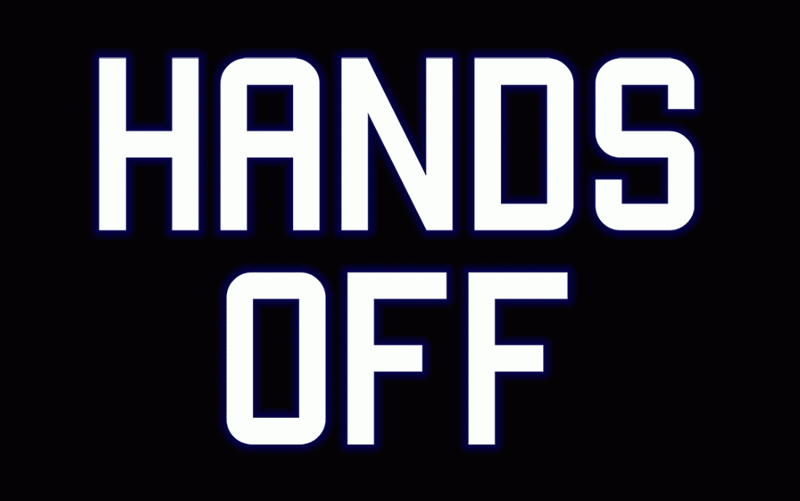I want one!
Made for Ikea’s Space10, this is the Growroom, specifically made for cities, it can grow a communities worth of food and herbs. I’m not urban, but I still want one. The best news? Space10 and architects Sine Lindholm and Mads-Ulrik Husum have open sourced this, so anyone can make one.



















